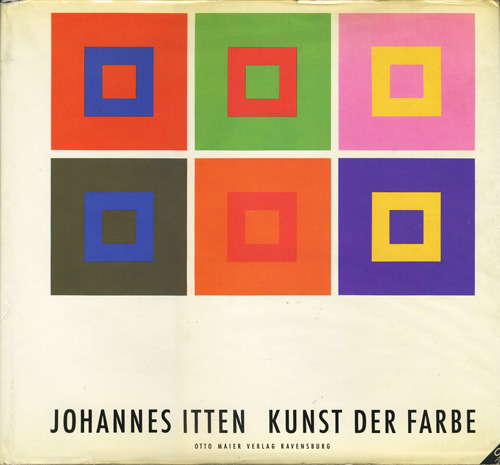apart from its ominous content, i found michael madsen's documentary `into eternity' quite artistic, showing people in a natural setting, answering well-structured questions, but at the same time painting a contradictory canvas of the issue and human arrogance/insecurity at the same time.
still, i was even more triggered by one of the main problems posed in the documentary:
Once the repository waste has been deposited and is full, the facility is to be sealed off and never opened again. Or so we hope, but can we ensure that? And how is it possible to warn our descendants of the deadly waste we left behind? How do we prevent them from thinking they have found the pyramids of our time, mystical burial grounds, hidden treasures? Which languages and signs will they understand? And if they understand, will they respect our instructions? While gigantic monster machines dig deeper and deeper into the dark, experts above ground strive to find solutions to this crucially important radioactive waste issue to secure mankind and all species on planet Earth now and in the near and very distant future.
especially of course the question: which languages and signs will people still understand after 50,000 years?
in the documentary the conclusion seems to be (and i agree) that visual language (art!) is so universal for humanity, that it can be assumed that even 50,000 years from now people will still understand parts of well-executed comics, cartoons, drawings and paintings. other languages and communication mechanisms appear to be rather less time-resistant. many old languages can no longer be understood by us, but the pictorial representations are still easily recognized.
however, in the special case of radiation, one has to wonder if one can visualize radiation if the phenomenon is outside the scientific awareness of the people involved. the second question is: will any visual sign/representation be endurable enough to survive such an onslaught of time?
this ties in to the earlier discussion this year about the importance of art and art education: since our thinking has a large visual component, our ideas can often be expressed far clearer in pictures than in words. so here you have an example of a real challenge to art: can we visualize (the presence of) radiation in such a way that even people with little or no scientific background will understand its dangers and enough of its working mechanisms?
trailer from `into eternity'





